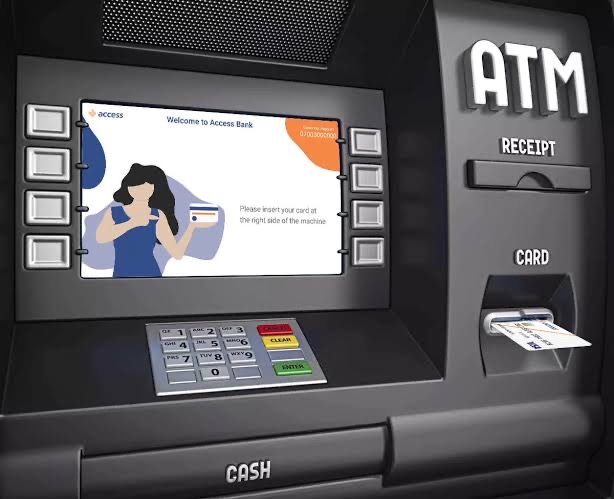Online transfers are growing in popularity in Nigeria, overtaking ATM operations, but a new report attributes this trend to the increasing use of smartphones in the country and the trend towards using mobile applications for transactions.
Nigeria has seen a major shift in the way people conduct financial transactions. Online transfers have grown by 2610.15 percent in the past decade. This rise in digital payments has led to a decline in the use of ATMs for transactions.
The report, titled “Nigeria Payments Report 2024”, produced by Zone in collaboration with TechCabal Insights, highlights how online remittances have become the primary means of financial transactions for Nigerians, replacing ATMs.

According to the report, in 2012, when the Central Bank of Nigeria released its Payment System Vision (PSV2020), Nigeria’s total ATM transactions stood at 1.98 trillion naira, while online remittance levels for the same period were 3.
1 billion naira, 57 billion naira. The next decade saw a boom in online remittances.
According to the same report, by 2022, ATM transactions will be worth 32 trillion naira and online remittances will reach 783.6 trillion naira, a staggering 2610.15 percent increase and 43.78 percent increase year-on-year.
According to the data in the report, total transaction volume for the same period increased by 36.26 percent from 10.32 trillion to 14.6 trillion naira, while the total transaction volume for online remittances increased significantly from 545.3 trillion in 2021 to 783.6 trillion naira.
In 2022, it will be 66 trillion naira, a 43.78 percent increase year-on-year. Moreover, recent data from the Nigerian Interbank Settlement System (NIBSS) indicates that the number of electronic payment transactions in Nigeria will grow to 600 trillion naira in 2023, up 55% from 387 trillion naira in 2022, due to the increasing use of digital payment platforms and the convenience they offer.
NIBSS, an instant payment platform that enables real-time electronic money transfers, has contributed to this transformation. This growth reflects improvements in digital payments infrastructure, enabling businesses to actively promote online payments, and growing customer trust in digital platforms for peer-to-peer, e-commerce, and bill payments, the report said.

On the reasons for the decline in ATM transactions, the report attributes the increase in smartphone penetration as the main cause of the decline in ATM transactions. “The total value of ATM transactions increased 53.78 percent year-on-year from 21.23 trillion naira in 2021 to 32.64 trillion naira in 2022, while the volume of transactions decreased 8.55 percent from 4.45 trillion naira in 2021.”
“The use of ATMs has undergone a remarkable evolution over the years. In 2010, Nigeria had about 7,100 ATMs, but this number quickly increased to more than 11,000 in 2011 as the CBN ordered banks to shut down external ATMs. Over the next decade, the number of ATMs doubled, reaching 22,600 in 2021 and remaining unchanged until December 2023. However, the need for ATMs remains. An estimated 60,000 ATMs are needed to serve the growing population. This has led to increased use of alternative banking channels,” it said.
The report also revealed that advert spending on digital media is outpacing advert spending on other media platforms, adding internet usage. Total POS transfers grew 17.00% from 982.83 million in 2021 to 1.14 billion in 2022. This represents a 123.85% change in transaction volume.
The total transaction value of transfers through mobile apps increased from N53.2 trillion in 2021 to N111.12 trillion in 2022, a notable increase of 108.84 percent year-on-year.
Mobile Money (MMO) remittances in Nigeria also saw a 151.18 percent increase in total transaction value from N248.5 million in 2021 to N714.5 million in 2022. At the same time, the total transaction value also increased from N8.6 trillion in 2021.”
It is projected to reach N19.4 trillion in 2022 from 2021, a significant increase of 140.73 percent year-on-year. The convenience and accessibility that mobile money services offer, especially in remote and unbanked areas, is a key driver of this growth.



































